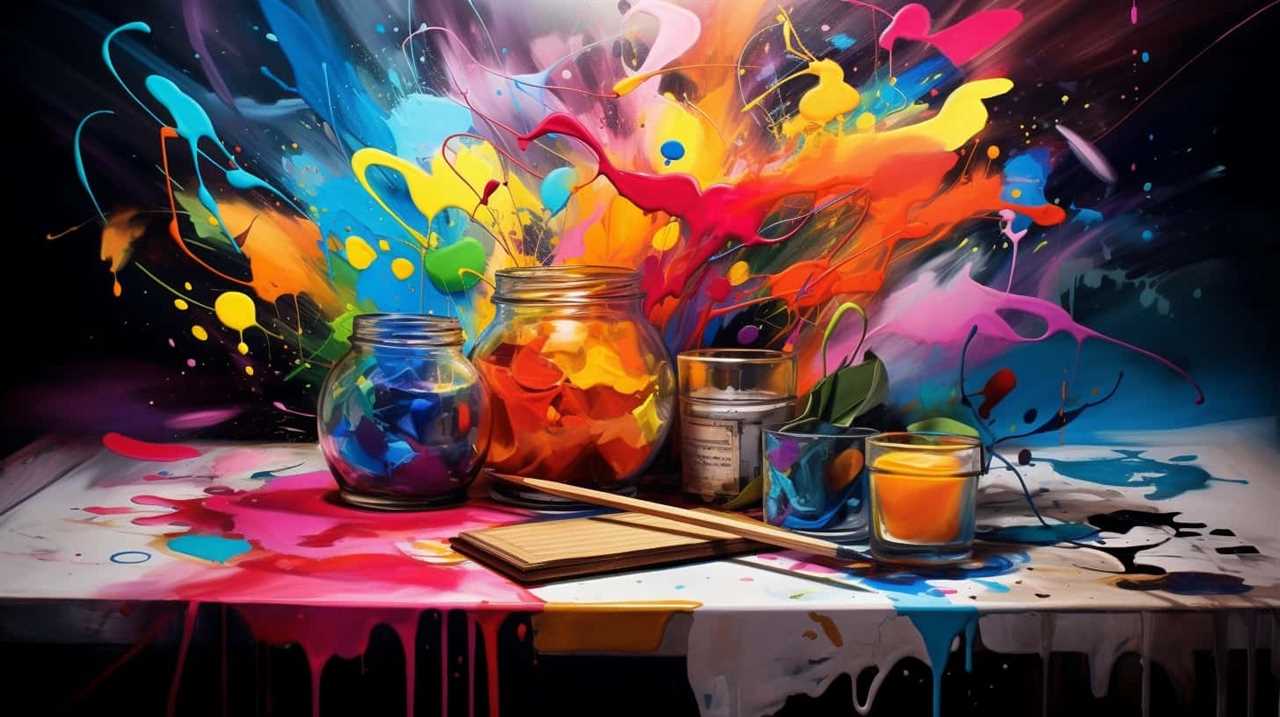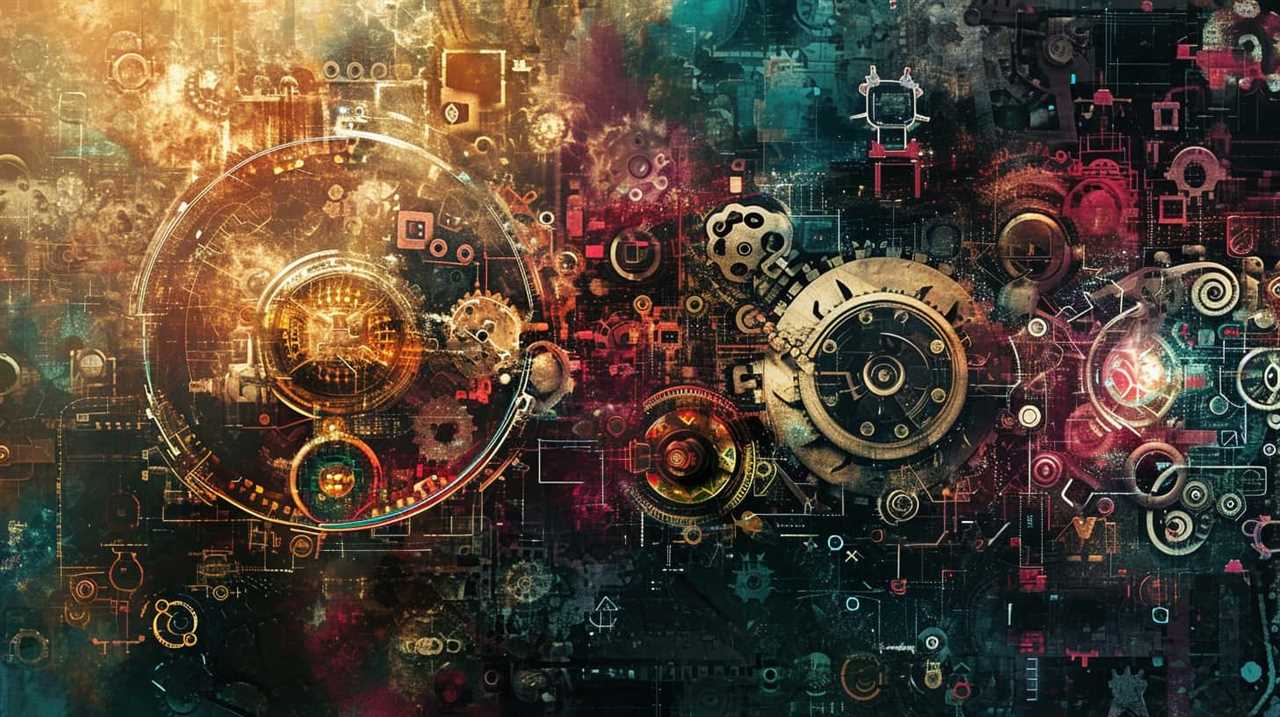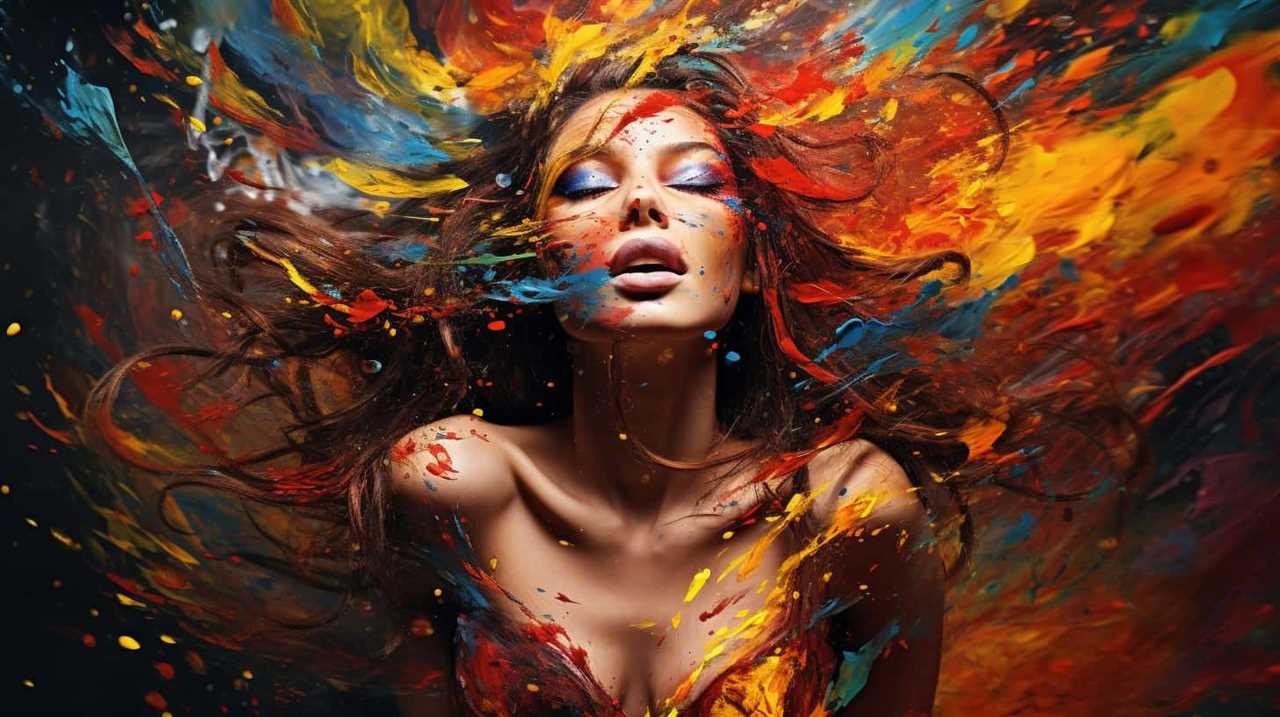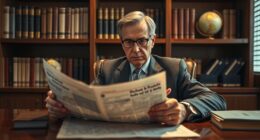Are you searching for freedom through artistic motivation? You’re in the right place! In this compilation, we delve into the insights of contemporary artistic leaders and their perspectives on creativity.
From Pablo Picasso’s revolutionary perspective to Yayoi Kusama’s profound insights, these quotes will ignite your imagination and set your spirit free.
Discover Ai Weiwei’s thoughts on the creative process, Marina Abramović’s reflections on finding inspiration, and Banksy’s take on artistic motivation.
Gain new perspectives from Damien Hirst, Cindy Sherman, Anish Kapoor, and Olafur Eliasson as they share their ideas on sparking creativity and embarking on the creative journey.
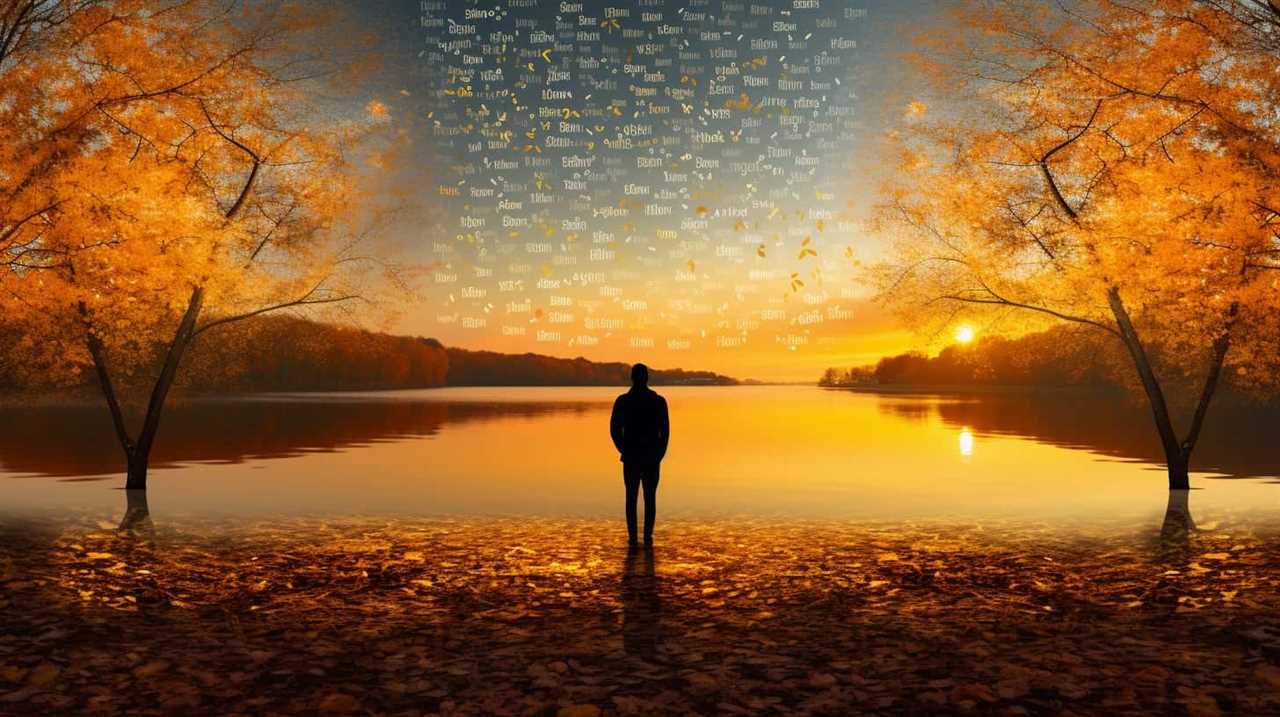
Get ready to be inspired and embrace the liberation that art brings.
Key Takeaways
- Creativity is a result of consistent effort and dedication, according to Picasso.
- Personal experiences play a significant role in creating meaningful art, as highlighted by Kusama.
- Challenging norms and engaging with society is encouraged by Ai Weiwei.
- Finding inspiration in the present moment and self-reflection is emphasized by Abramović.
Pablo Picasso’s Perspective on Creativity
In our exploration of artistic inspiration, we turn to Pablo Picasso and his unique perspective on creativity. Picasso’s artistic influences were vast and varied, ranging from African tribal art to the works of fellow modernists such as Henri Matisse. He was known for constantly pushing the boundaries of artistic expression, often experimenting with different styles and techniques. This willingness to explore and incorporate diverse influences into his work is a testament to Picasso’s open-mindedness and his desire to liberate himself from traditional artistic conventions.
Picasso’s creative process was also unconventional. He once said, ‘Inspiration exists, but it has to find you working.’ This quote encapsulates his belief that creativity isn’t something that can be summoned at will, but rather a result of consistent effort and dedication. Picasso was known for his relentless work ethic, often spending long hours in the studio experimenting and refining his ideas.
Furthermore, Picasso believed that art should be a reflection of the artist’s inner world and emotions. He once said, ‘Art is the lie that enables us to realize the truth.’ This quote speaks to his belief that art has the power to reveal deeper truths about the human experience, even if it isn’t a literal representation of reality.
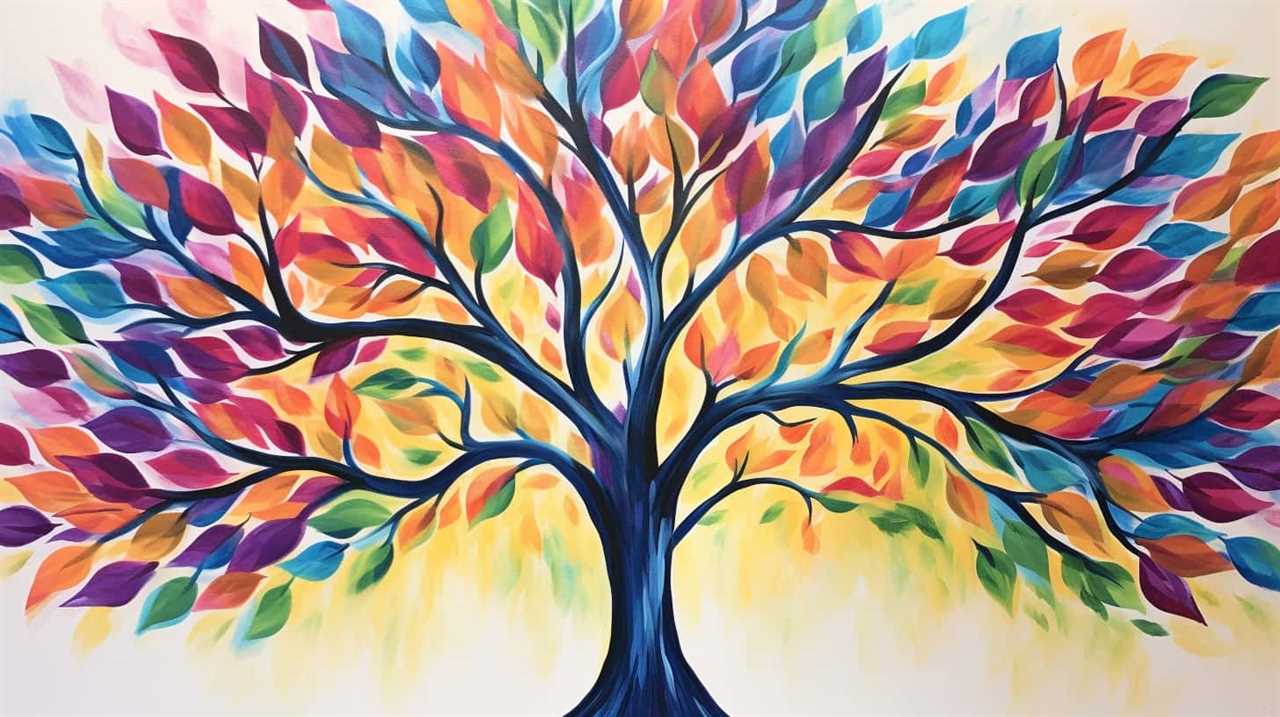
Yayoi Kusama’s Insights on Artistic Inspiration
Yayoi Kusama, a renowned contemporary artist, offers valuable insights into her creative process and the impact of artistic inspiration.
Kusama’s work is characterized by her unique use of repetitive patterns and vibrant colors, which she attributes to her experiences with hallucinations and mental illness.
Her art often explores themes of infinity, identity, and the human condition, reflecting her deep introspection and exploration of the self.
Kusama’s insights on artistic inspiration shed light on the profound connection between personal experiences and the creation of meaningful and impactful art.
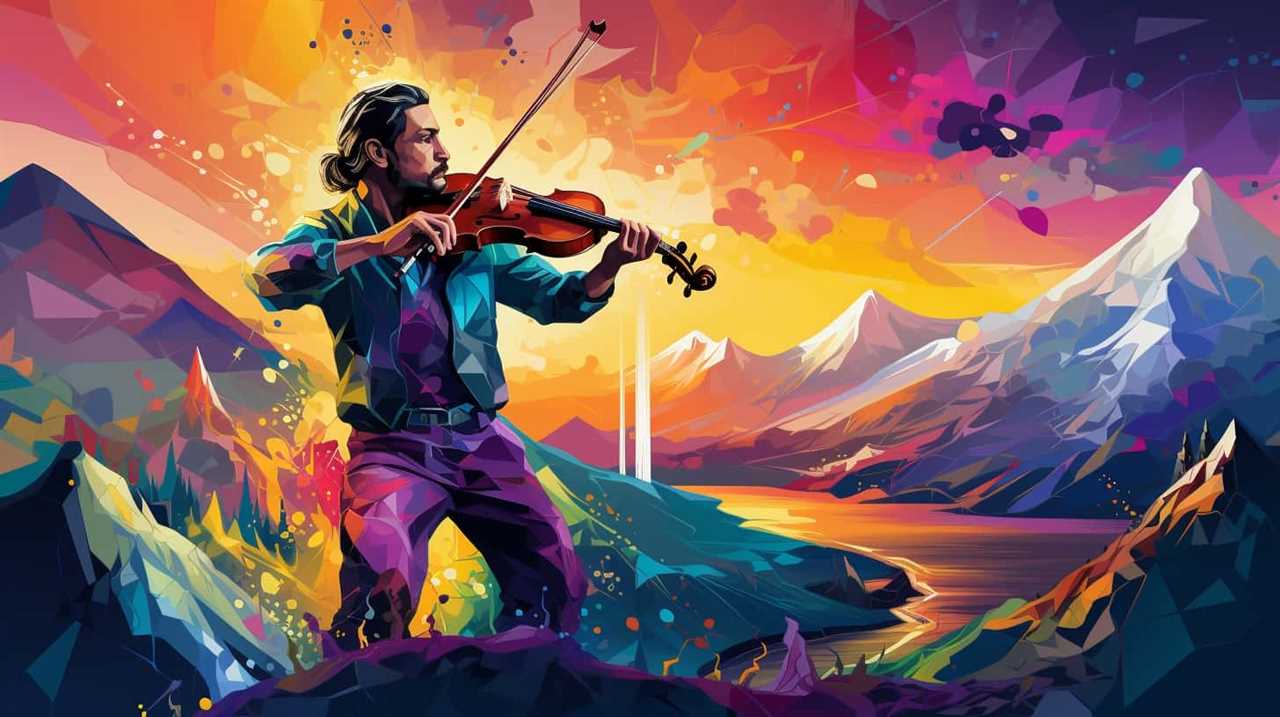
Kusama’s Creative Process
From our perspective as art enthusiasts, we’re fascinated by the double preposition of Yayoi Kusama’s creative process, which allows us to delve into the depths of her artistic inspiration.
Kusama’s creative techniques are both unconventional and meticulous, combining elements of painting, sculpture, and installation to create immersive and transformative experiences for her viewers. Her use of repetition and pattern reflects her fascination with infinity and the idea of transcending the limitations of the physical world.
Kusama’s artistic influences range from traditional Japanese art to European avant-garde movements, showcasing her ability to blend different cultural and artistic traditions in her work. Her unique approach to artmaking challenges traditional boundaries and invites the audience to explore the limitless possibilities of imagination and creativity.
Through her creative process, Kusama empowers her viewers to embrace their own artistic potential and find liberation in the act of creation.
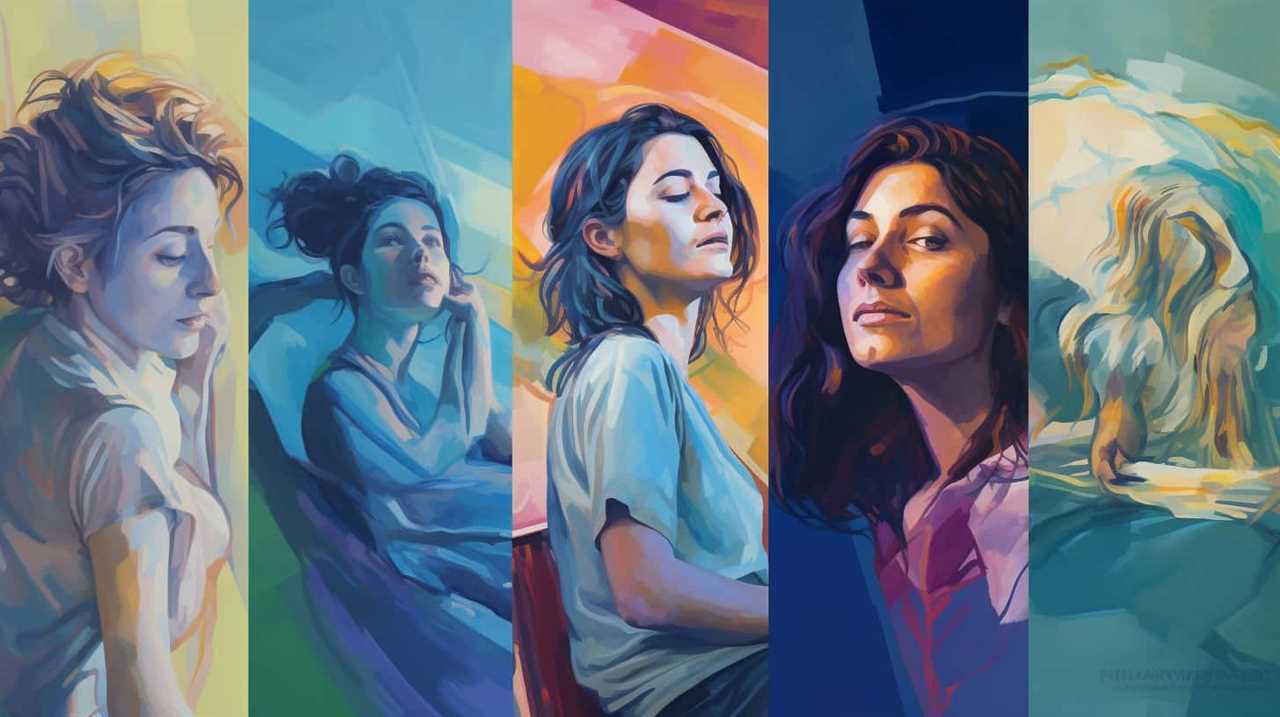
Impact of Inspiration
Kusama’s insights on artistic inspiration reveal the profound impact it has on the creative process. Her exploration of the impact of artistic inspiration highlights the importance of creativity in the liberation of the artist’s mind. Kusama believes that inspiration is the driving force behind her art, allowing her to delve into the depths of her imagination and bring forth unique and captivating works.
It’s through inspiration that Kusama is able to express her innermost thoughts and emotions, creating art that resonates with both herself and her audience. The impact of artistic inspiration is evident in Kusama’s colorful and immersive installations, which have captivated viewers around the world.
As we transition into Ai Weiwei’s thoughts on the creative process, we can see how different artists approach inspiration and its impact on their own work.
Ai Weiwei’s Thoughts on the Creative Process
Ai Weiwei, the renowned artist, shares his unique insights into the creative process. Here are four key aspects of Ai Weiwei’s artistic process that provide inspiration to creators around the world:
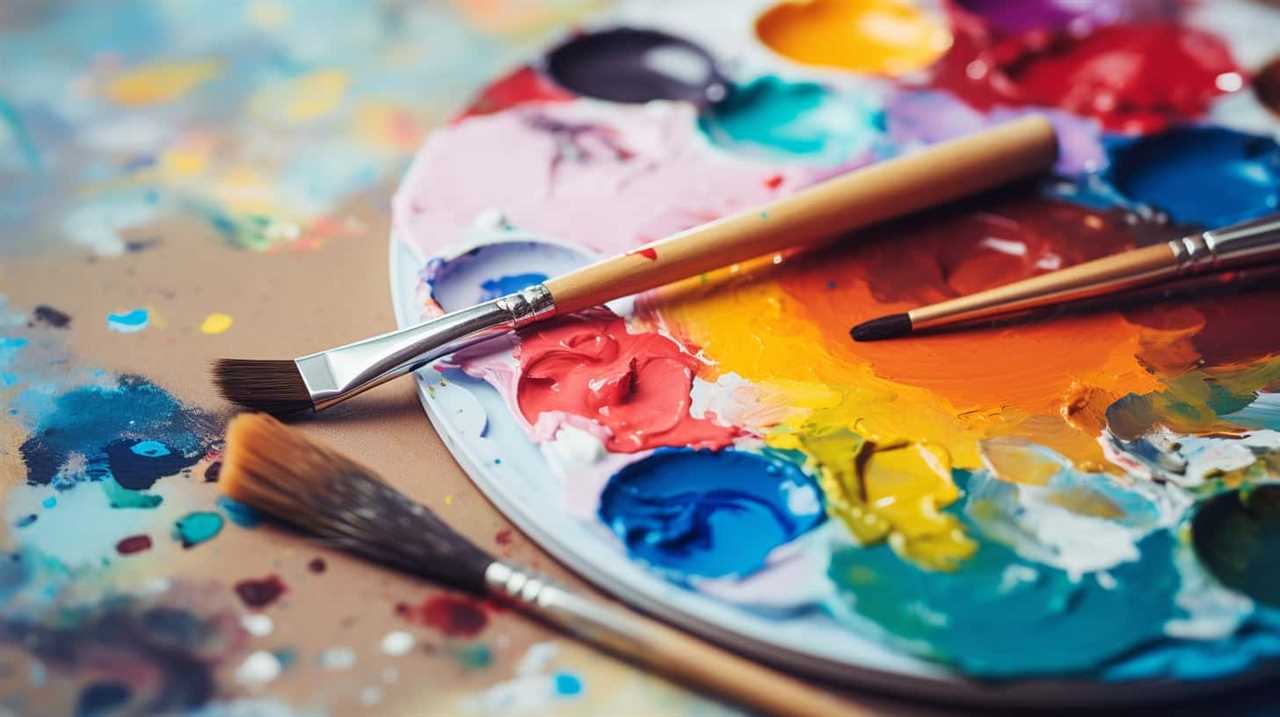
- Embracing chaos: Ai Weiwei believes that creativity flourishes in the midst of chaos. He sees disorder as an opportunity to break free from conventional thinking and explore new possibilities. By embracing chaos, he encourages artists to challenge norms and push boundaries.
- Engaging with society: For Ai Weiwei, art is a powerful tool for social change. He believes that artists have a responsibility to engage with society and address pressing issues. Through his work, he brings attention to human rights, freedom of expression, and the role of the individual in society.
- Blurring boundaries: Ai Weiwei defies categorization and crosses artistic boundaries. He seamlessly combines different mediums, such as sculpture, photography, and installations, to create thought-provoking and visually striking works. By blurring boundaries, he encourages artists to think beyond traditional artistic constraints.
- Amplifying voices: Ai Weiwei believes in the power of art to amplify marginalized voices. He often collaborates with individuals and communities affected by social injustices, giving them a platform to share their stories. Through his work, he challenges oppressive systems and highlights the resilience of the human spirit.
Ai Weiwei’s artistic process and philosophy offer a liberating perspective on creativity. By embracing chaos, engaging with society, blurring boundaries, and amplifying voices, he inspires artists to create meaningful and impactful work that challenges the status quo.
Marina Abramović’s Reflections on Finding Inspiration
In our exploration of artistic inspiration, Marina Abramović provides profound reflections on the quest for inspiration. As an artist known for her groundbreaking performances and provocative installations, Abramović understands the importance of finding motivation and seeking out diverse sources of inspiration.
To shed light on this topic, let’s take a look at the following table, which showcases some of Abramović’s thoughts on finding inspiration:
| Reflection | Analysis | Evaluation |
|---|---|---|
| "I constantly seek new experiences and encounters to fuel my creative fire." | Abramović’s emphasis on seeking new experiences highlights her proactive approach to finding inspiration. She actively engages with the world around her, allowing it to shape her artistic practice. | This approach is commendable as it encourages artists to step out of their comfort zones and explore unfamiliar territories. By embracing new experiences, artists can expand their perspectives and create work that is fresh and innovative. |
| "Nature has always been a great source of inspiration for me. Its beauty and complexity never fail to captivate my imagination." | Abramović’s appreciation for nature highlights the power of the natural world to inspire and stimulate creativity. Nature’s intricate patterns and harmonious balance can ignite the artist’s imagination and lead to the creation of breathtaking artworks. | By recognizing nature’s influence, artists can tap into its limitless possibilities and harness its transformative energy to create meaningful and impactful art. |
| "Silence and solitude are essential for me to connect with my inner self and discover new artistic ideas." | Abramović’s acknowledgment of the importance of silence and solitude underscores the need for introspection and self-reflection in the creative process. These moments of stillness allow artists to delve deep into their thoughts and emotions, paving the way for profound artistic discoveries. | By prioritizing silence and solitude, artists can cultivate a deeper understanding of themselves and their artistic visions. This self-awareness can lead to the creation of authentic and personal artworks. |
Through these reflections, Marina Abramović offers valuable insights into the process of finding inspiration. Her emphasis on seeking new experiences, drawing inspiration from nature, and embracing silence and solitude serves as a guiding light for artists searching for motivation and looking to expand their sources of inspiration. By adopting Abramović’s approach, artists can liberate themselves from creative stagnation and unlock new realms of artistic possibility.
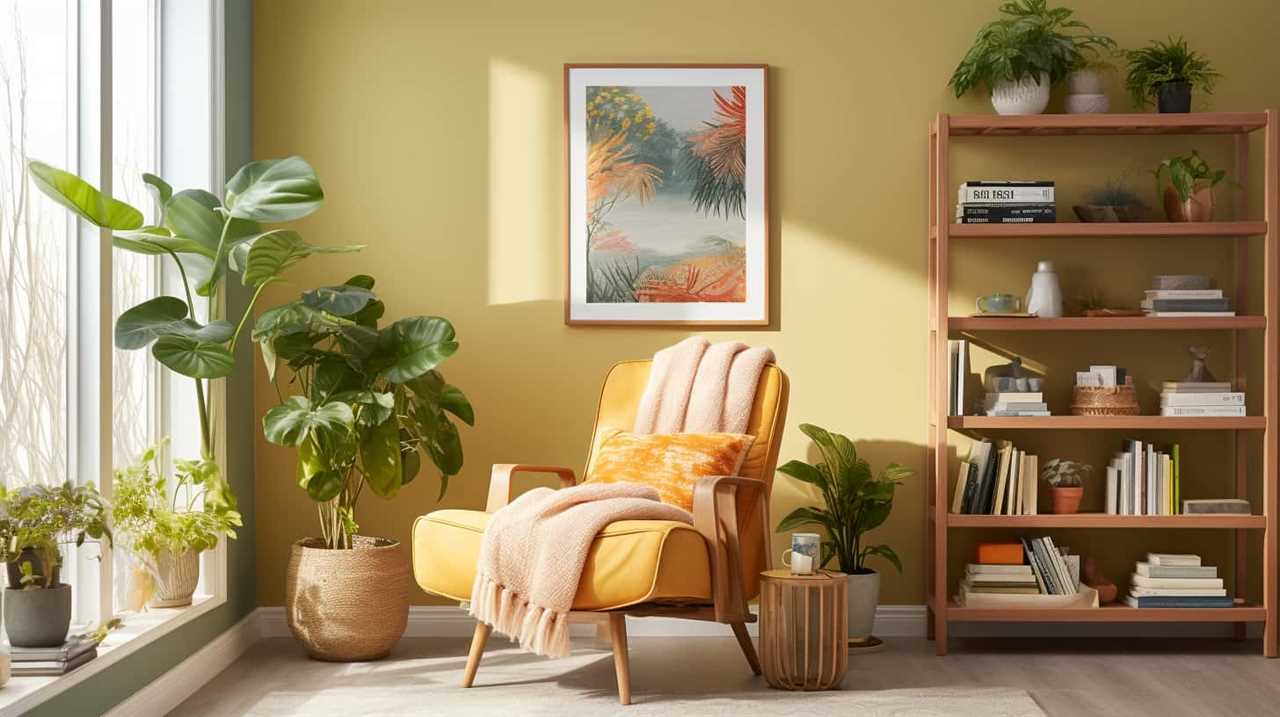
Banksy’s Take on Artistic Motivation
Continuing our exploration of artistic inspiration, we now turn to Banksy’s perspective on artistic motivation.
Banksy, the enigmatic street artist, has made a significant impact on the world of art with his thought-provoking and politically charged graffiti.
Here is a closer look at Banksy’s take on artistic motivation:
- Anonymity as Liberation: Banksy’s decision to remain anonymous allows him to freely express his ideas without the constraints of personal identity. By avoiding the spotlight, he can focus solely on the message he wants to convey through his art. This anonymity grants him the freedom to challenge societal norms and critique authority.
- Provoking Change: Banksy’s motivation stems from a desire to create social and political change. His art serves as a direct commentary on various issues, such as capitalism, war, and inequality. Through his work, Banksy aims to provoke thought, spark conversations, and inspire action.
- Art as Activism: For Banksy, art is a powerful tool for activism. His murals, stencils, and installations often appear in unexpected places, challenging the notion of art confined to galleries. By bringing art to the streets, Banksy reaches a wider audience and democratizes the viewing experience.
- Inspiring Others: Banksy’s work has inspired a new generation of street artists who seek to use art as a means of expression and activism. His influence can be seen in the proliferation of street art around the world, with artists using their work to address social, political, and environmental issues.
Banksy’s impact on street art and the role of anonymity in artistic expression can’t be understated. His motivation to create change and inspire others has made him a revolutionary figure in the art world, challenging traditional notions of artistic inspiration and pushing the boundaries of what art can achieve.
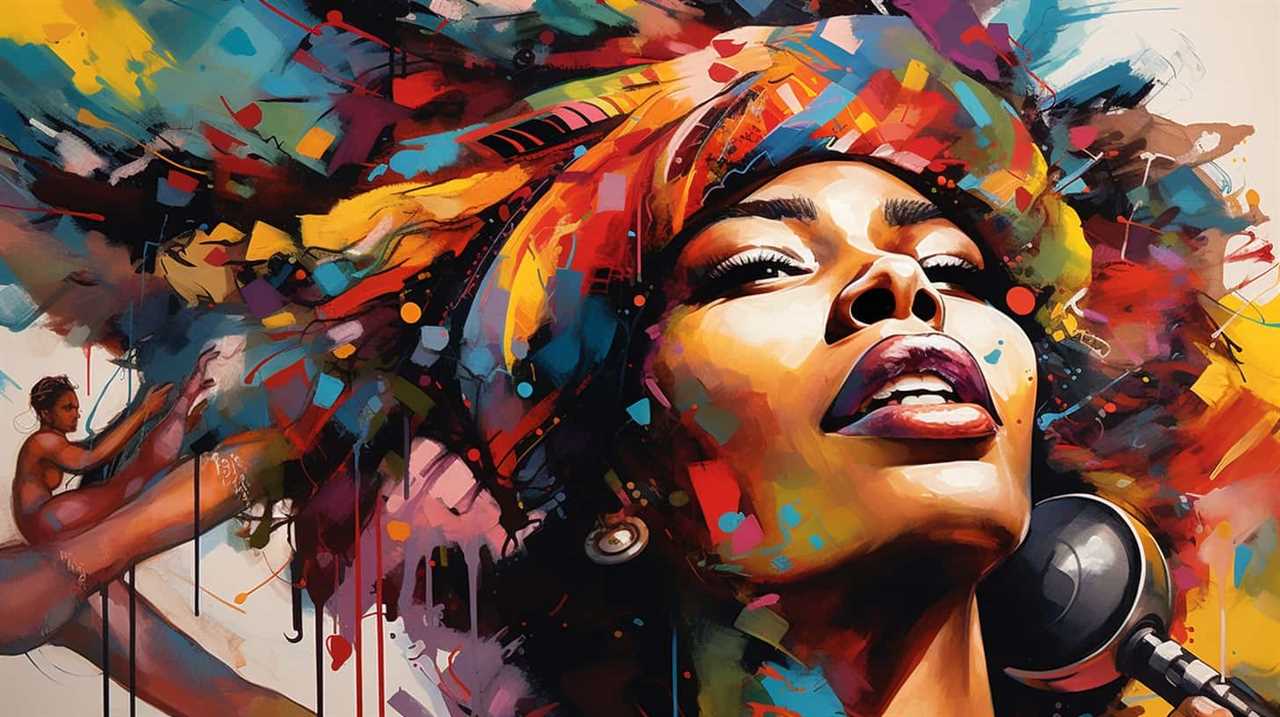
Jeff Koons’ Words on Cultivating Creativity
When exploring Jeff Koons’ words on cultivating creativity, it’s clear that his artistic influences play a significant role in shaping his work. Koons draws inspiration from popular culture, consumerism, and everyday objects, transforming them into larger-than-life sculptures that challenge traditional notions of art.
By infusing his art with elements of playfulness and kitsch, Koons invites viewers to engage with his work on multiple levels and encourages them to question the boundaries of artistic expression.
Through his insights into his creative process, Koons provides valuable lessons on embracing unconventional ideas and pushing the limits of imagination.
Koons’ Artistic Influences
Our exploration of Koons’ artistic influences begins with his insightful words on cultivating creativity. Koons’ artistic influences are diverse and span across different mediums and art movements. Here are four key influences that have shaped his creative process:
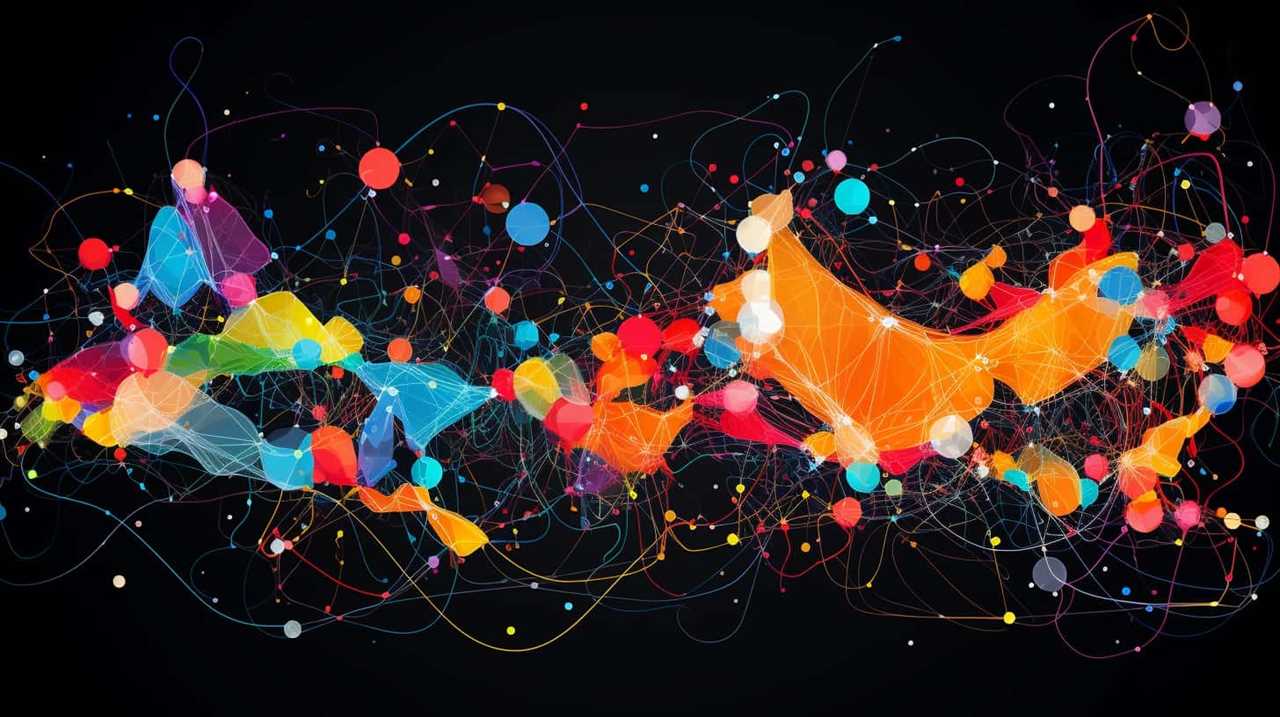
- Pop Art: Koons is heavily influenced by the Pop Art movement, particularly the work of Andy Warhol. He embraces the use of everyday objects and popular culture references in his art.
- Surrealism: Koons draws inspiration from the dreamlike qualities of Surrealism. His artworks often feature unexpected juxtapositions and fantastical elements.
- Classical Sculpture: Koons admires the beauty and craftsmanship of classical sculpture. He incorporates traditional techniques and materials into his contemporary creations.
- Consumerism: Koons explores the impact of consumer culture on society through his art. He critiques and celebrates the excesses of consumerism, blurring the lines between high and low art.
Understanding these influences gives us valuable insights into Koons’ creative process. Moving forward, let’s delve deeper into his creative process insights.
Creative Process Insights?
Moving forward, let’s delve into Koons’ insightful words on cultivating creativity and gain valuable insights into his creative process.
Jeff Koons, renowned artist known for his provocative and larger-than-life artworks, offers valuable insights into exploring new mediums and overcoming creative blocks. Koons believes that the key to cultivating creativity lies in pushing boundaries and constantly exploring new artistic avenues. He encourages artists to step out of their comfort zones and embrace experimentation with different materials and techniques. According to Koons, this exploration not only helps in discovering new possibilities but also sparks fresh inspiration.
Furthermore, Koons emphasizes the importance of overcoming creative blocks by maintaining a consistent practice and not being afraid to fail. He believes that failure is an integral part of the creative process and should be embraced as a stepping stone towards growth and innovation.
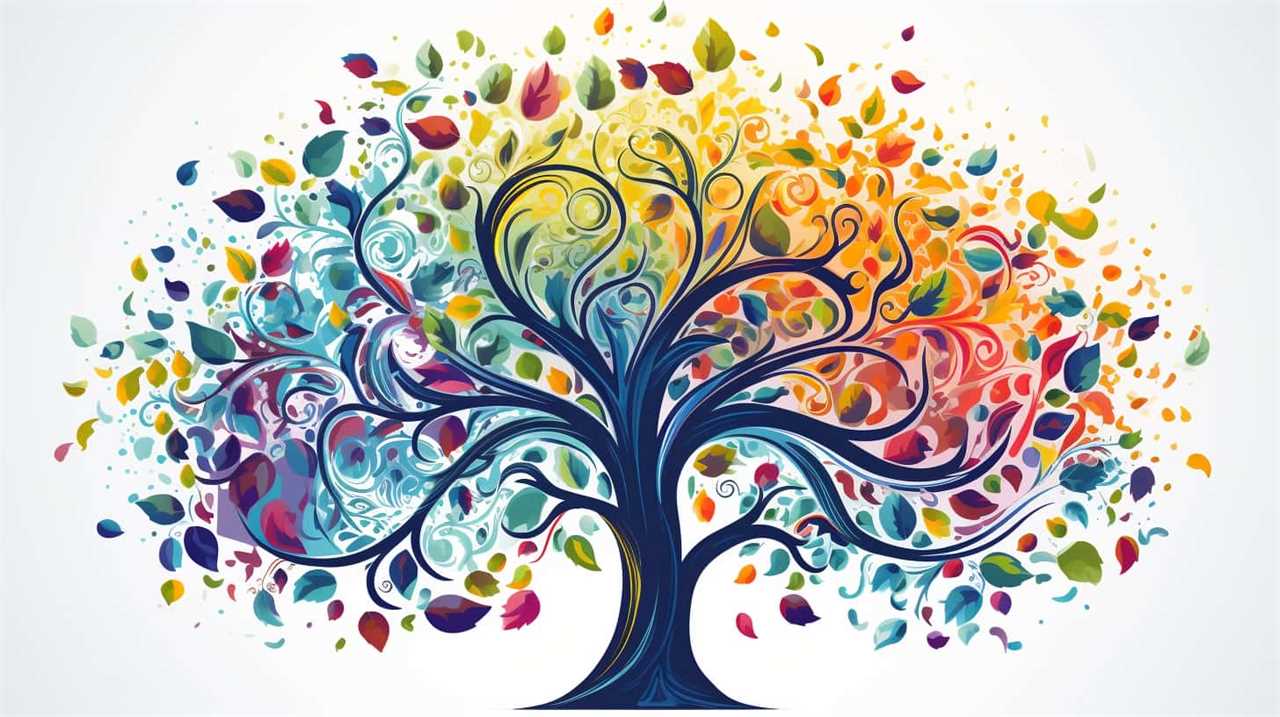
As we transition to Tracey Emin’s musings on artistic inspiration, we can reflect on Koons’ wise words and apply them to our own creative journeys.
Tracey Emin’s Musings on Artistic Inspiration
In discussing Tracey Emin’s musings on artistic inspiration, we draw upon the insights of today’s masters. Emin’s work is deeply influenced by a variety of artistic sources, which have played a significant role in shaping her unique artistic voice. Here are four key aspects to consider when exploring Emin’s artistic influences and the impact of artistic inspiration on her work:
- Personal Experience: Emin’s art is known for its raw and confessional nature. She draws inspiration from her own life experiences, exploring themes of love, sexuality, trauma, and identity. Her work serves as a powerful outlet for self-expression and catharsis.
- Feminism and the Female Body: Emin’s art also reflects her engagement with feminist discourse and the representation of the female body. She challenges traditional notions of femininity and confronts societal taboos through her provocative and often controversial artworks.
- Conceptual Art and the YBA Movement: As part of the Young British Artists (YBA) movement, Emin embraces the principles of conceptual art. She incorporates elements of installation, performance, and found objects into her practice, pushing the boundaries of traditional artistic mediums.
- Expressionism and Emotional Intensity: Emin’s work is characterized by its emotional intensity and raw vulnerability. She draws inspiration from Expressionism, using bold and gestural brushwork to convey deep emotional states and evoke a visceral response from viewers.
The impact of artistic inspiration on Emin’s work is undeniable. Through her exploration of personal experiences, engagement with feminist discourse, integration of conceptual art principles, and expressive techniques, Emin has created a body of work that’s both visually captivating and emotionally resonant. Her art serves as a testament to the power of artistic inspiration in shaping an artist’s unique vision and voice.
Damien Hirst’s Views on Sparking Creativity
When it comes to sparking creativity, Damien Hirst’s views provide valuable insights into the artistic process.
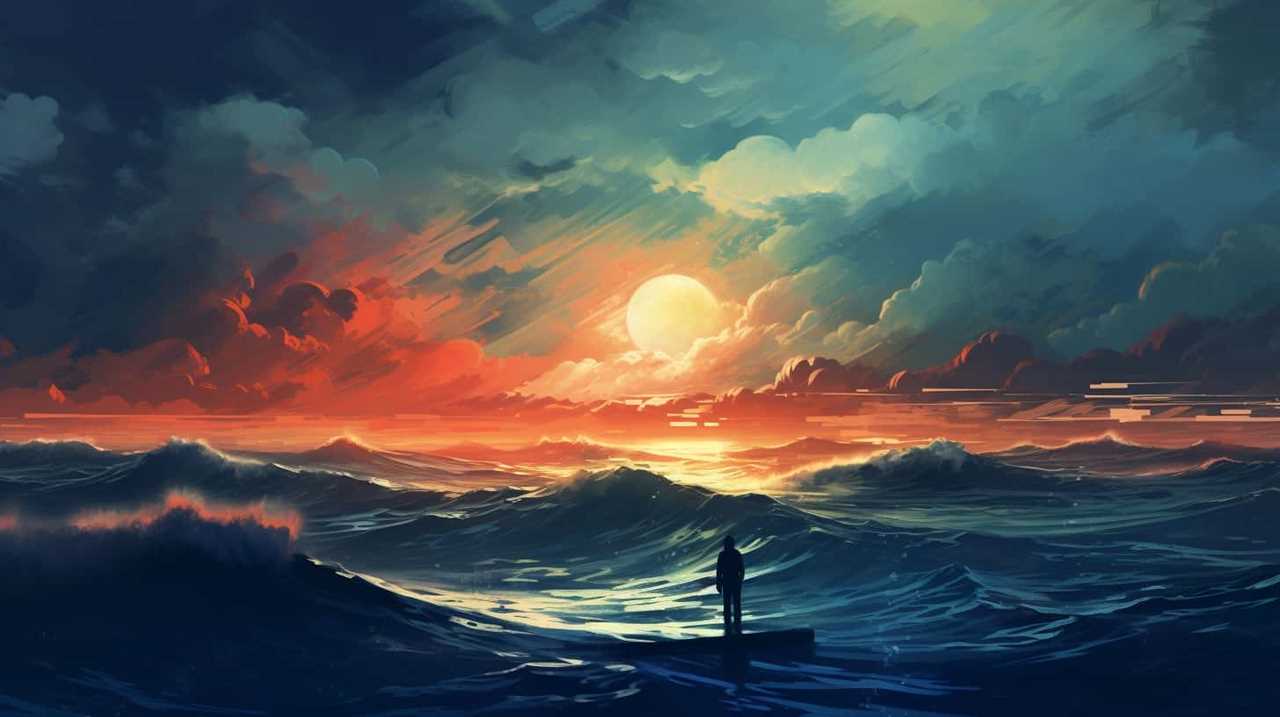
Hirst’s creative process is often marked by experimentation and pushing boundaries, which allows him to find new sources of artistic inspiration.
Hirst’s Creative Process
To understand Damien Hirst’s creative process and how he sparks creativity, we delve into his unique approach to art-making. Hirst’s artistic techniques are both thought-provoking and unconventional, pushing the boundaries of traditional art forms.
Here are four key aspects of his creative process:
- Conceptualization: Hirst begins by exploring complex ideas and themes, often drawing inspiration from science, medicine, and mortality. His ability to intertwine these concepts with artistic expression is what sets him apart.
- Material experimentation: Hirst is known for his use of diverse materials, ranging from formaldehyde to diamonds. This experimentation allows him to challenge the viewer’s perception and create a visual impact that’s both intriguing and unsettling.
- Collaborative process: Hirst often collaborates with a team of skilled technicians and artisans to bring his visions to life. This collaborative approach enables him to explore new techniques and push the boundaries of his artistic practice.
- Embracing controversy: Hirst embraces controversy to spark conversations and challenge societal norms. By creating provocative and sometimes shocking artworks, he forces viewers to confront their own perceptions and beliefs.
Through these artistic techniques and sources of inspiration, Hirst continually pushes the boundaries of art, leaving a lasting impact on the art world.
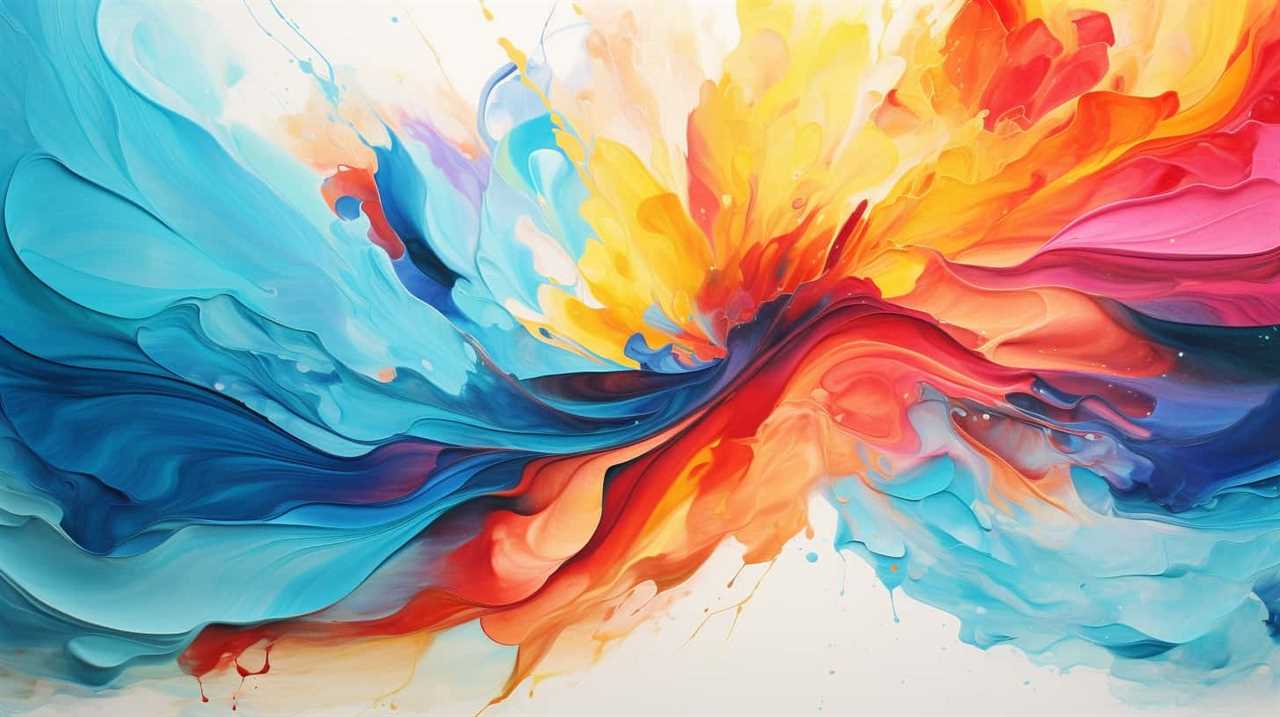
Finding Artistic Inspiration
Our artistic inspiration stems from a deep understanding of Damien Hirst’s views on sparking creativity.
Hirst believes that connecting with nature is essential for artists to find inspiration. He believes that nature is a boundless source of ideas, with its beauty and complexity serving as a wellspring for artistic expression.
Hirst also emphasizes the importance of exploring different mediums. By experimenting with various materials and techniques, artists can expand their creative horizons and discover new ways to convey their ideas. This exploration allows artists to break free from the constraints of traditional art forms and push the boundaries of their own creativity.
By connecting with nature and exploring different mediums, artists can tap into their artistic inspiration and create truly innovative and thought-provoking works of art.
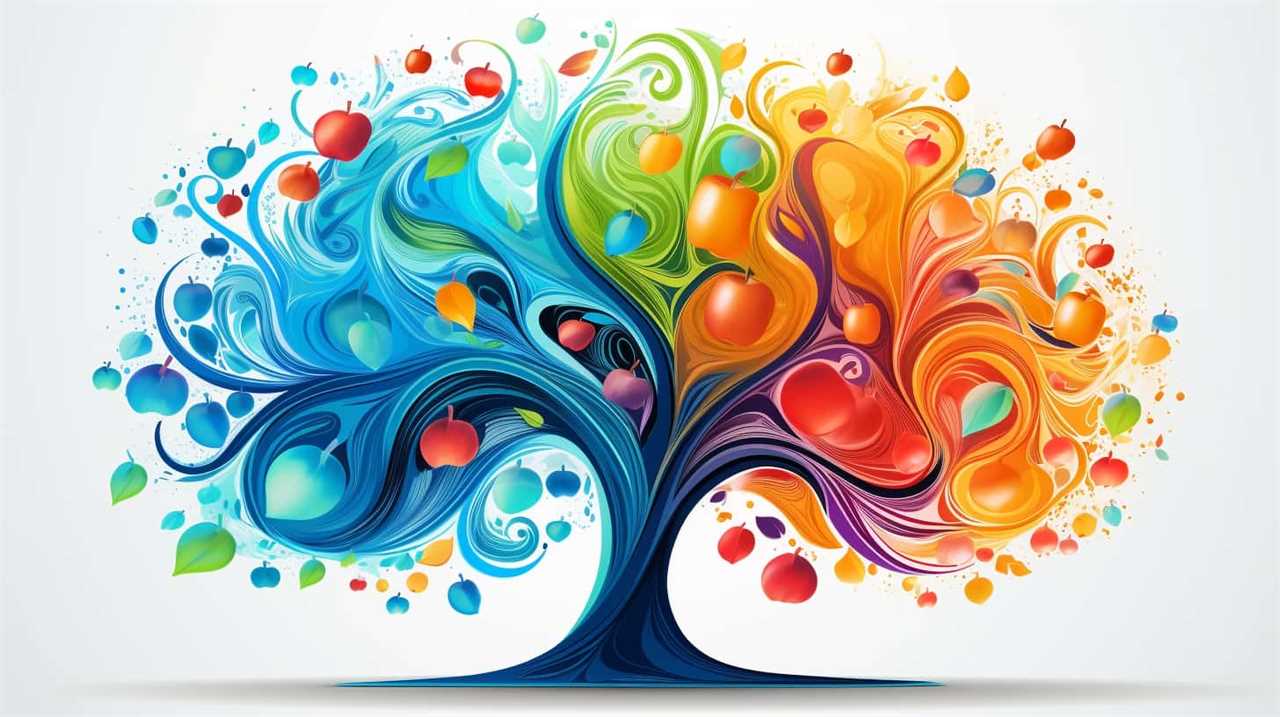
Now, let’s delve deeper into the topic of sparking creativity in art.
Sparking Creativity in Art
Exploring different mediums and connecting with nature are essential for sparking creativity in art, according to Damien Hirst. As an artist known for his provocative and innovative works, Hirst believes that experimenting with various artistic mediums can open up new possibilities and push the boundaries of artistic expression.
Additionally, he finds inspiration in nature, which he views as an endless source of ideas and beauty. Hirst’s views on sparking creativity in art can be summarized as follows:
- Exploring different mediums: By venturing beyond one’s comfort zone and trying out different artistic mediums, artists can discover new techniques and approaches that can inspire fresh ideas.
- Finding inspiration in nature: Nature provides an abundance of colors, patterns, and forms that can ignite the creative spark. Hirst suggests immersing oneself in nature and observing its intricacies to find inspiration.
- Embracing experimentation: Hirst encourages artists to embrace experimentation and take risks in their artistic practice. By pushing the boundaries and breaking free from conventional norms, artists can unleash their creativity.
- Staying curious: Hirst emphasizes the importance of curiosity in the creative process. By maintaining an open mind and constantly seeking new experiences and knowledge, artists can keep their creative juices flowing.
With these insights from Damien Hirst in mind, let’s now delve into Cindy Sherman’s thoughts on the creative journey.
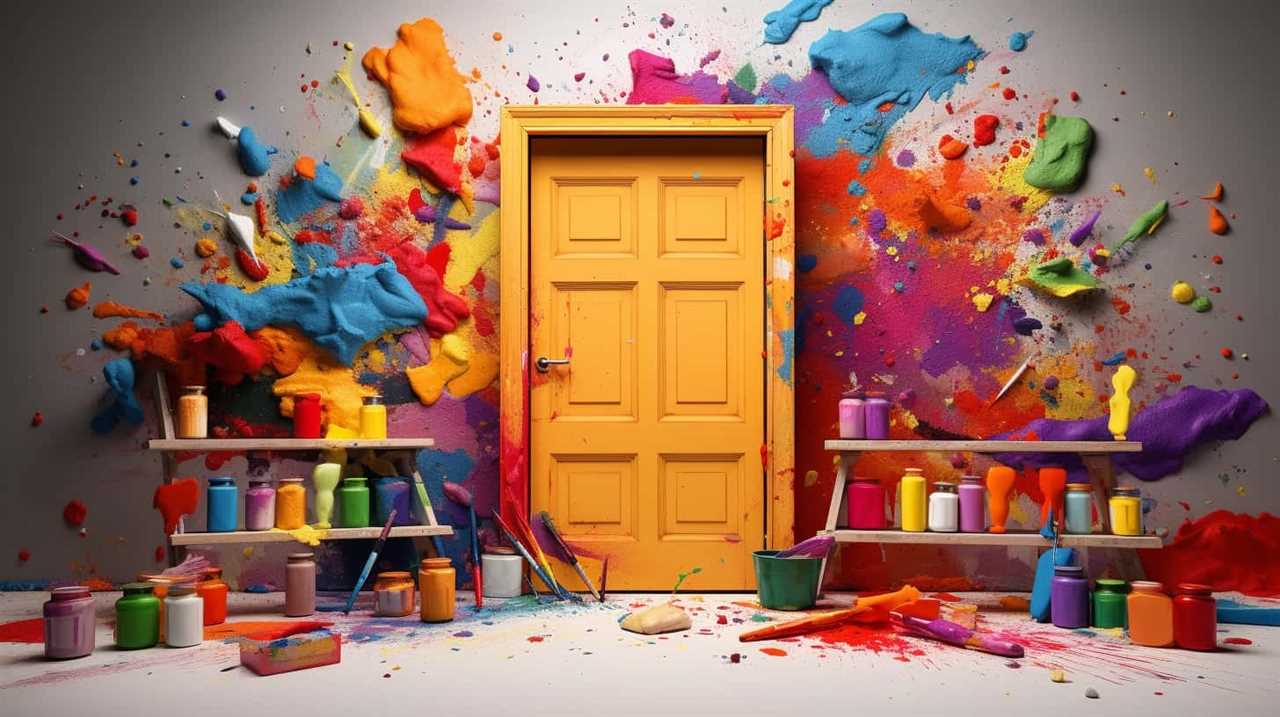
Cindy Sherman’s Thoughts on the Creative Journey
As we delve into Cindy Sherman’s thoughts on the creative journey, it’s fascinating to explore the insights she offers on the process of artistic inspiration. Sherman is renowned for her unique artistic approach, where she becomes the subject of her own photographs, exploring various personas and identities. Her work challenges societal norms and expectations, providing a thought-provoking commentary on issues such as gender, identity, and representation.
Sherman’s artistic motivation stems from a desire to question and challenge the status quo. She believes that art should be a platform for liberation, allowing individuals to break free from societal constraints and express themselves authentically. Through her photographs, she invites viewers to reflect on their own preconceived notions and biases, encouraging a more inclusive and open-minded perspective.
Sherman’s creative journey is characterized by experimentation and self-discovery. She embraces the unknown, allowing her ideas to evolve and transform as she explores different themes and concepts. Her process involves immersing herself in research, studying various art forms and historical references. This deep exploration informs her work, enabling her to create images that are both visually captivating and intellectually stimulating.
As we transition into Anish Kapoor’s ideas on finding inspiration, we’ll explore how his unique perspective and artistic process contribute to the rich tapestry of creative expression.
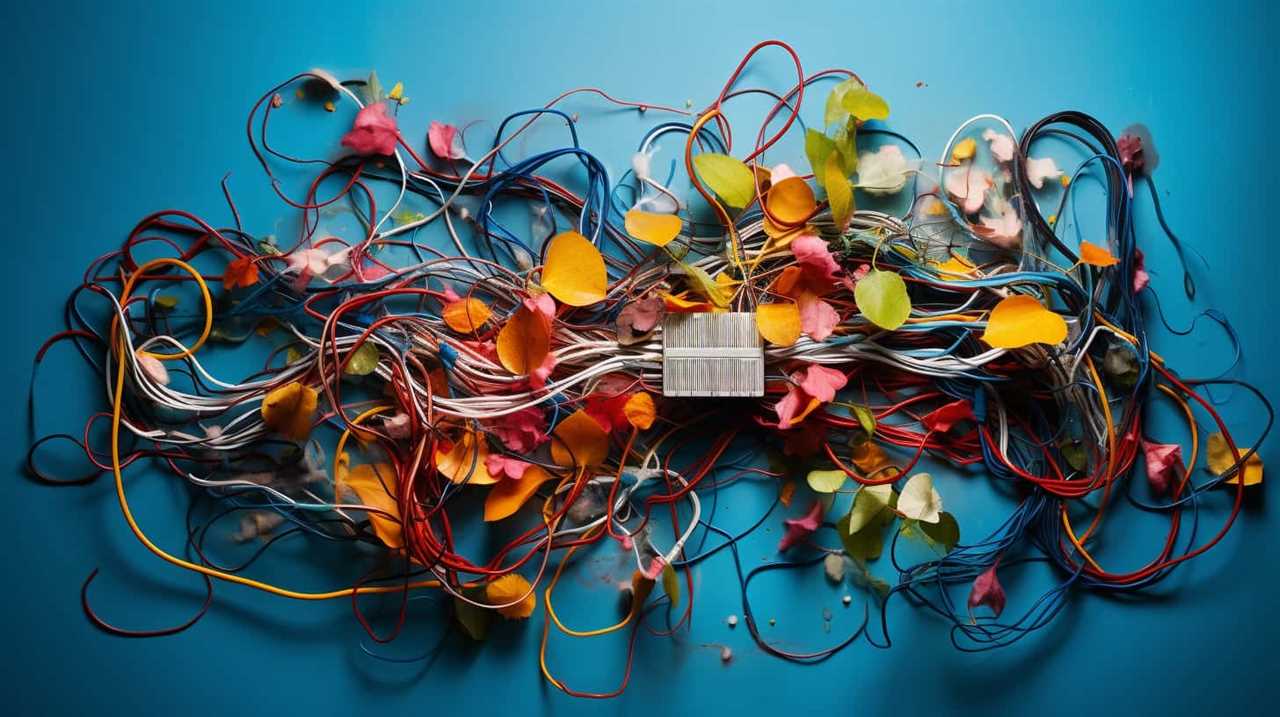
Anish Kapoor’s Ideas on Finding Inspiration
Continuing our exploration of artistic inspiration, we now turn to Anish Kapoor’s unique perspective and ideas on finding inspiration. Kapoor, a renowned contemporary artist known for his large-scale sculptures and installations, offers valuable insights on how he navigates the creative process and draws inspiration from various sources. Here are four key points from Kapoor’s thoughts on finding inspiration:
- Embracing the unknown: Kapoor believes in venturing into the unknown and allowing oneself to be open to new experiences and ideas. He encourages artists to step outside their comfort zones and explore uncharted territories, as this can lead to unexpected and inspiring discoveries.
- Engaging with the world: Kapoor emphasizes the importance of actively engaging with the world around us. He believes that inspiration can be found in everyday life, whether it’s observing nature, interacting with people, or simply being present in the moment. By immersing ourselves in the world, we can uncover a wealth of creative possibilities.
- Learning from artistic influences: Kapoor acknowledges the influence of other artists on his work. He believes that studying and appreciating the works of past and contemporary artists can provide valuable insights and serve as a catalyst for one’s own creative ideas. However, he also emphasizes the need to find one’s unique voice and not be limited by the influence of others.
- Embracing the process: For Kapoor, finding inspiration isn’t a linear process. He emphasizes the importance of embracing the journey and allowing oneself to explore different paths and possibilities. By embracing the process and being open to experimentation, artists can discover new forms of inspiration and push the boundaries of their creativity.
Olafur Eliasson’s Perspective on Artistic Inspiration
Olafur Eliasson offers a unique insight into the concept of artistic inspiration. His artistic techniques and approach to exploring nature through art are truly captivating. Eliasson is known for his immersive installations that often incorporate elements of light, water, and natural materials. His works aim to create an experience that blurs the boundaries between art and reality, allowing viewers to engage with their surroundings in a new and transformative way.
One of Eliasson’s artistic techniques involves using light and color to create illusions and play with perception. Through the clever manipulation of light and shadow, he’s able to transform everyday objects and environments into something extraordinary. This technique not only highlights the beauty of nature but also invites viewers to question their own perceptions and preconceived notions.
Another aspect of Eliasson’s work is his exploration of nature through art. He often draws inspiration from natural phenomena such as the sun, water, and weather patterns. By recreating these elements in his installations, he aims to create a deeper connection between viewers and the natural world. Through his art, Eliasson encourages us to appreciate and protect the environment, reminding us of the beauty and fragility of the natural world.
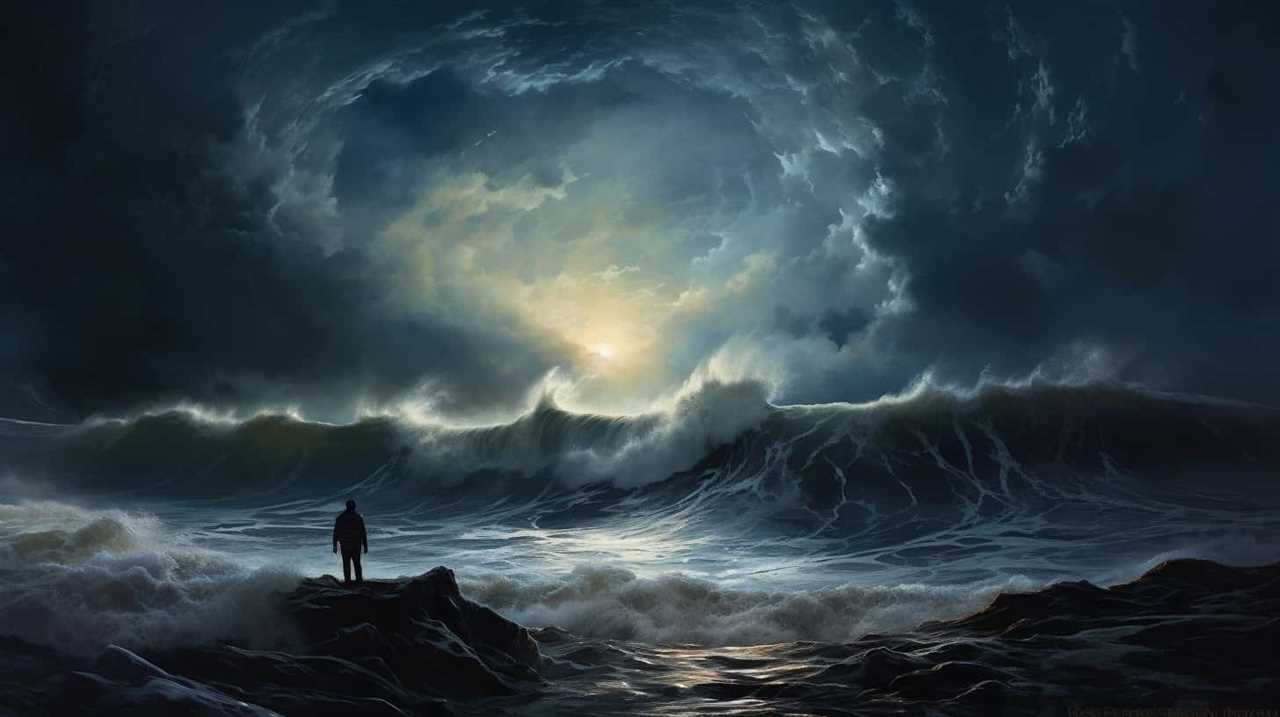
Frequently Asked Questions
How Did Pablo Picasso Define Creativity in His Artwork?
Pablo Picasso’s perspective on creativity in his artwork and how it shaped his artistic process is explored through various sources of inspiration. His innovative and experimental approach liberated his artistic expression, influencing generations of artists.
What Are Some Unique Ways That Yayoi Kusama Finds Artistic Inspiration?
Yayoi Kusama finds artistic inspiration in unique ways. For example, she often immerses herself in repetitive patterns and uses her artwork as a form of therapy. This allows her to express her thoughts and emotions in a visually captivating way.
How Does Ai Weiwei Approach the Creative Process in His Artwork?
In approaching the artistic process, Ai Weiwei demonstrates a unique and innovative approach. His creative methods challenge conventional norms and push boundaries, resulting in thought-provoking and impactful artworks that inspire liberation and critical thinking.
What Advice Does Marina Abramović Have for Artists Struggling to Find Inspiration?
When artists are struggling to find inspiration, Marina Abramović advises them to explore the relationship between creativity and mental health. Her advice offers a new perspective on how to approach the creative process and overcome artistic blocks.
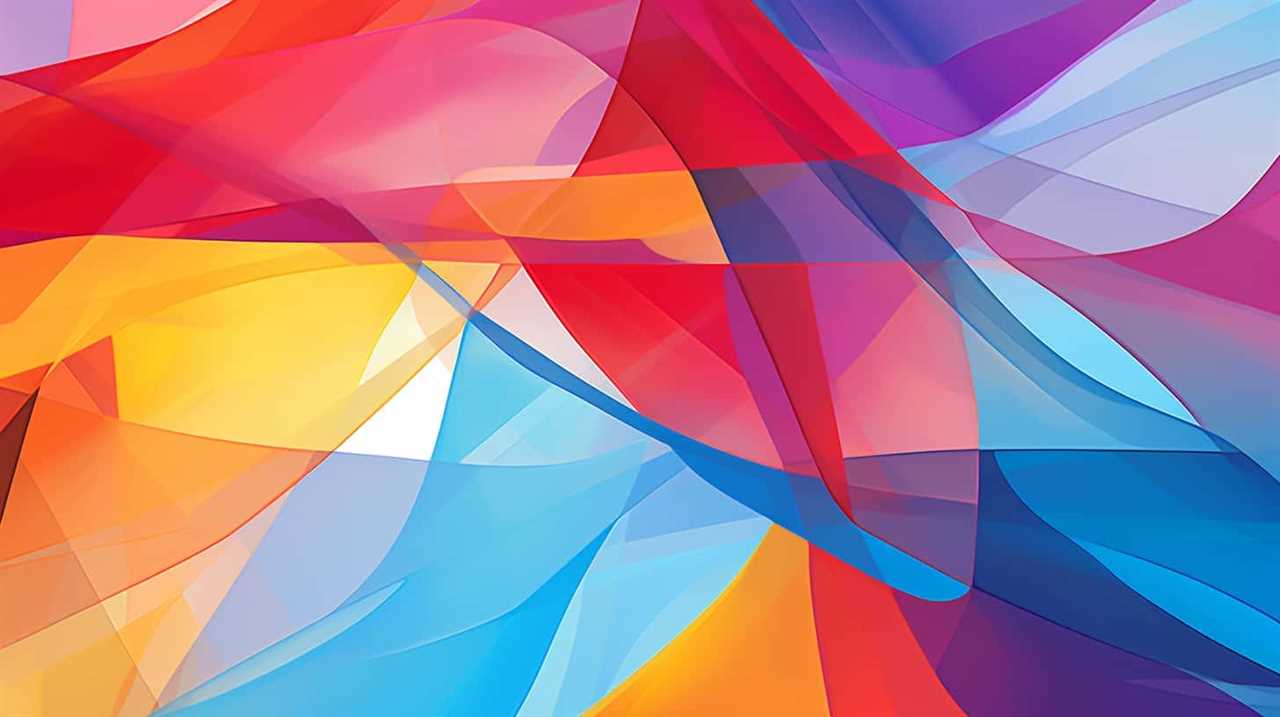
How Does Banksy’s Artistic Motivation Differ From Other Contemporary Artists?
Banksy’s impact on the art world is unique due to his anonymous nature. While other contemporary artists may seek recognition, Banksy’s motivation lies in challenging societal norms and promoting liberation through his thought-provoking artwork.
Can These Quotes on Creativity’s Purpose be attributed to Today’s Masters?
Many today wonder, can the artistic quotes on creativity’s purpose be attributed to today’s masters? As contemporary artists push boundaries and challenge conventions, the relevance of these quotes remains evident. Modern creatives continue to seek inspiration and insight from the timeless wisdom of past masters.
Conclusion
In conclusion, the masters of today’s art world offer invaluable insights into the realm of artistic inspiration.
From the revolutionary perspective of Pablo Picasso and the mesmerizing visions of Yayoi Kusama, to the profound thoughts of Ai Weiwei and the experimental reflections of Marina Abramović, each artist brings a unique perspective on the creative process.
Their words of wisdom serve as a guiding light for aspiring artists, offering a glimpse into the depths of their creative minds and igniting a spark of inspiration in all who encounter their work.
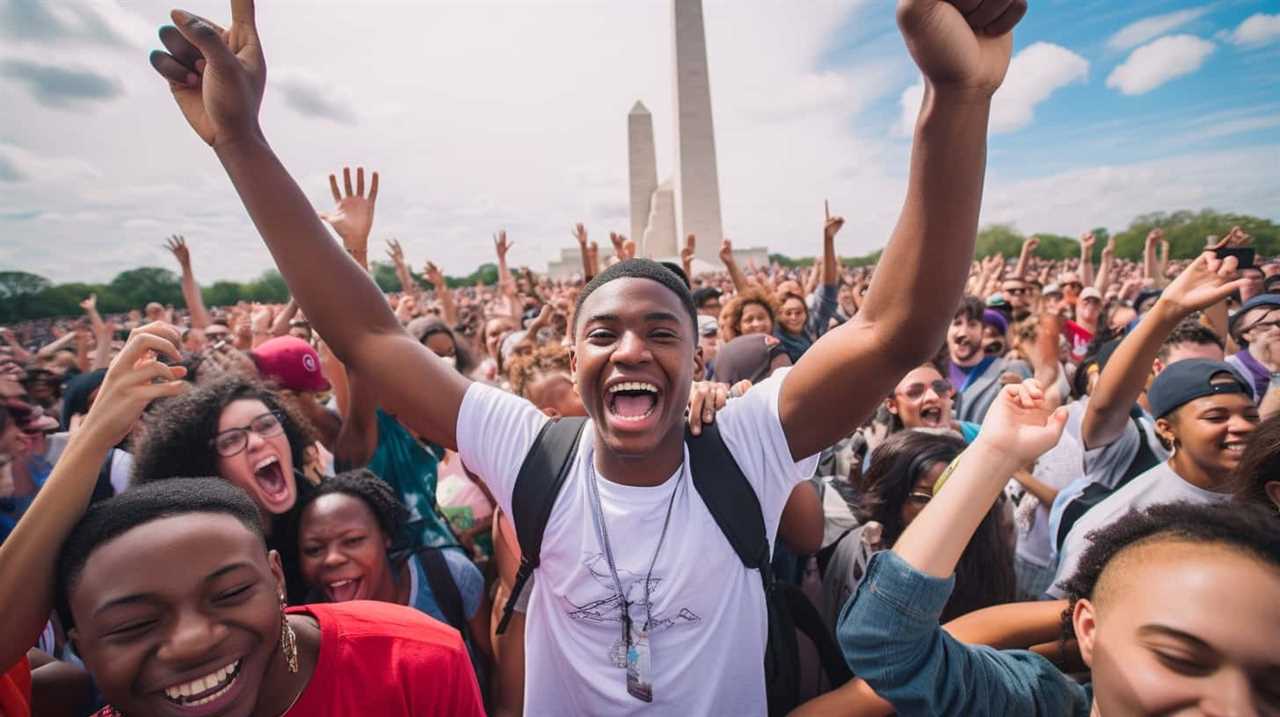
Lauren’s talent in writing is matched by her passion for storytelling. Her love for books and deep understanding of culture and entertainment add a distinct flavor to her work. As our media and press contact, Lauren skillfully bridges the gap between afterQuotes and the broader media landscape, bringing our message to a wider audience.
